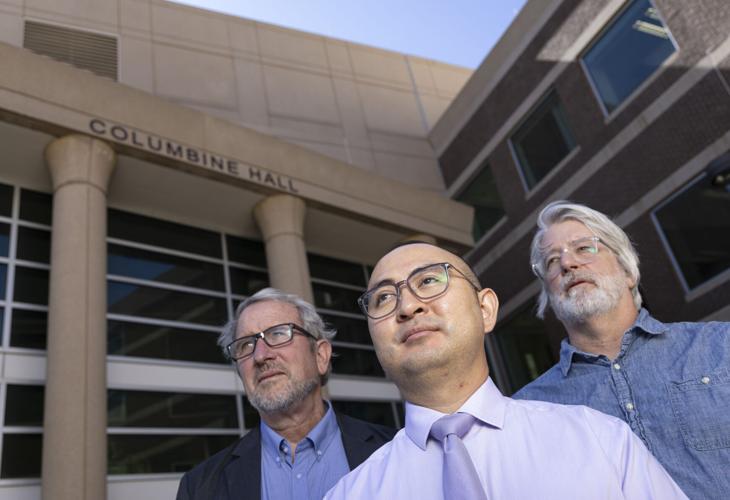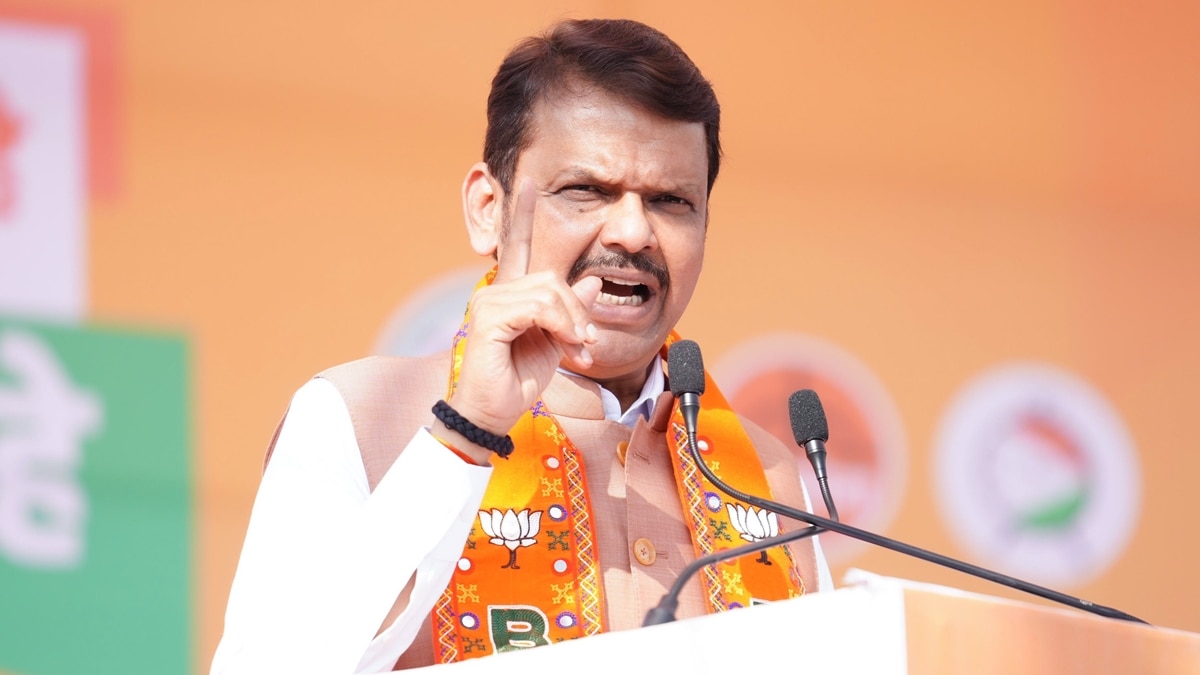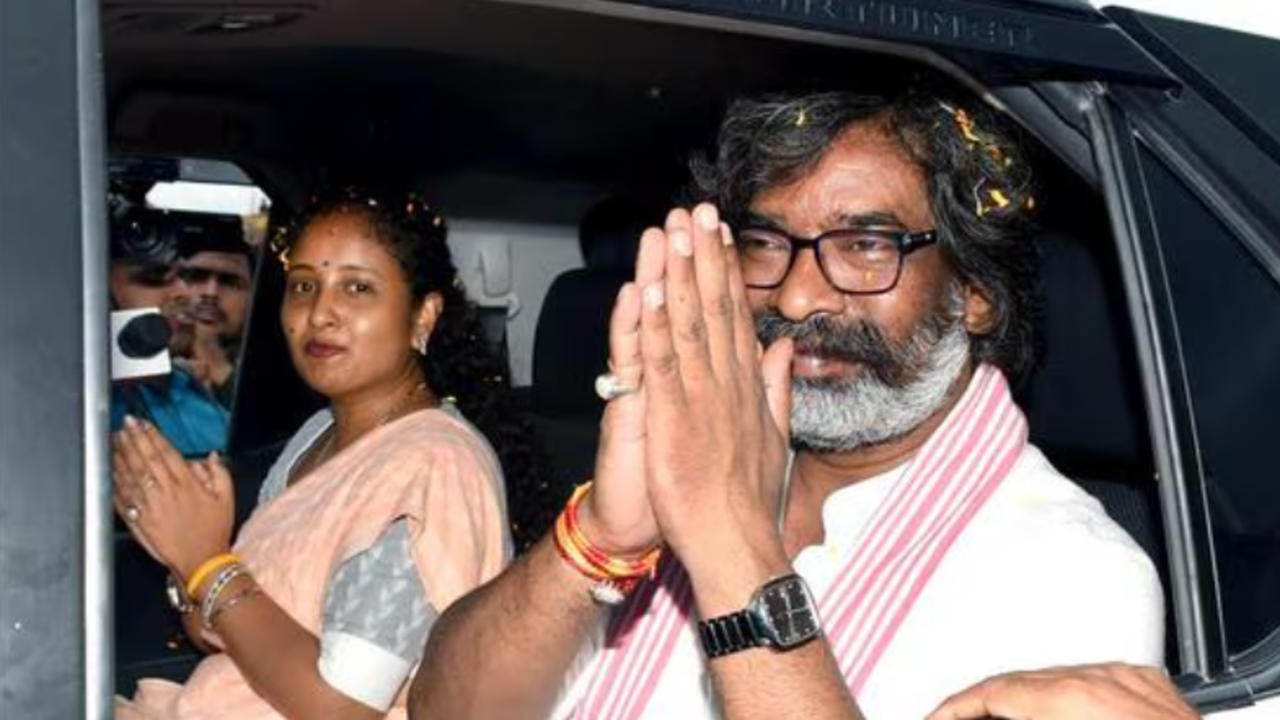
Kamala Harris joins a list of vice presidents who have set their sights on the presidency. But making it to the highest position in the government has been a different story. “Vice presidents are pretty successful at gaining their party’s nomination for president,” said John McGlennon, who teaches American politics at the College of William and Mary.
“But they’re less successful at actually winning elections.” Only 15 of the 49 vice presidents in the country’s history have become president. Eight of them got there because they assumed office after the death of the incumbent president.
(Gerald Ford became president when his predecessor, Richard Nixon, resigned.) About 1 in 3 vice presidents in modern history have successfully been elected president. Since 1933, 15 of 18 vice presidents have launched their own presidential campaigns.
Only five succeeded: Harry Truman, Lyndon Johnson, Nixon, George H.W. Bush and Joe Biden.
If Harris wins, she'd be only the second vice president in modern history to successfully run immediately after their term as vice president. The first since 1933 to do so was George H.W.
Bush, who succeeded Ronald Reagan for one term in 1988. Not many vice presidents before the 1930s ran for president — some examples before then include John Adams, Thomas Jefferson and Theodore Roosevelt — but that trend changed, starting with Franklin D. Roosevelt’s first term in 1933.
(His first vice president, John Nance Garner III, unsuccessfully ran against him in 1940.) The vice presidency became an increasingly influential position, and younger politicians began to see the role as a launching pad to the presidency. The legacy of the previous administration is a double-edged sword There's much that makes the circumstance around President Biden’s exit and Harris’ nomination — and a potential win — unusual, McGlennon said.
Harris did not compete for the nomination in a primary. The closest modern example is Hubert Humphrey in 1968 relying on party leadership to deliver him the nomination after Lyndon B. Johnson made the decision very late in his administration not to seek reelection.
Sometimes, being affiliated with the previous administration can help set the candidate up for success with pre-established campaigning networks across the country. But, as McGlennon noted, VPs can also be weighed down by the accumulation of whatever grievances might exist about an ongoing administration and whatever sense there is that it’s important to make change. “One of the central themes of the election campaign is, ‘Time for a change,’ ” McGlennon said.
“And the question is, ‘What kind of change do we want?’ But it reflects the idea that people are sometimes ready to move on from an administration, even when it's a relatively popular administration.” Stepping out of the shadows and into the spotlight Vice presidents need to gracefully transition out of their roles as supporting characters in an administration and into the center of attention — and withstand the scrutiny that comes with that. Nixon, Dwight D.
Eisenhower’s second in command, came close in 1960 and lost. He persevered and was able to win two terms in 1968 and 1972 before resigning in disgrace. Humphrey came close in the popular vote, but not the Electoral College in 1968, and Al Gore — President Bill Clinton's vice president — was famously 537 votes in Florida shy of the presidency.
“Knowing that they were swimming upstream against the notion that it’s time for a change,” McGlennon said, “they still had a lot of institutional advantages that helped them to compete effectively.”.














